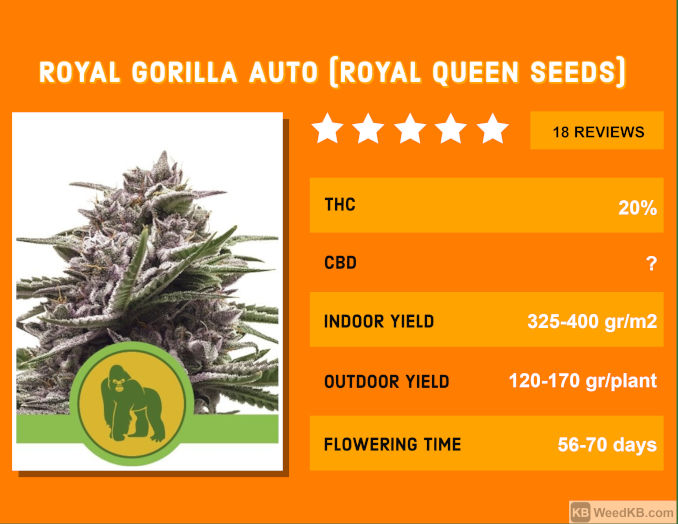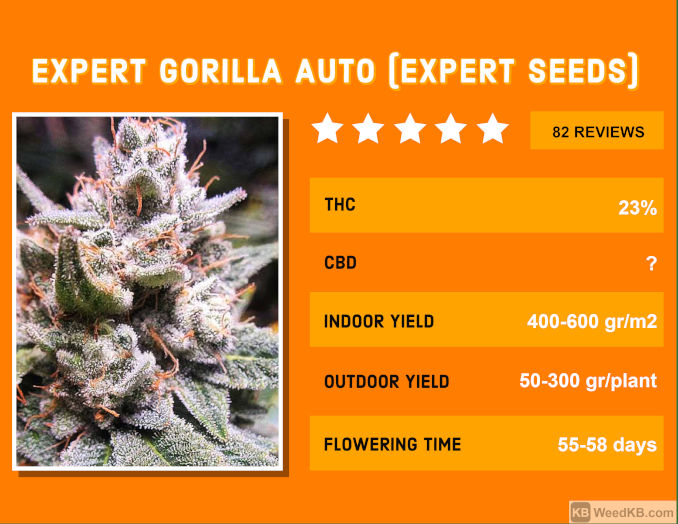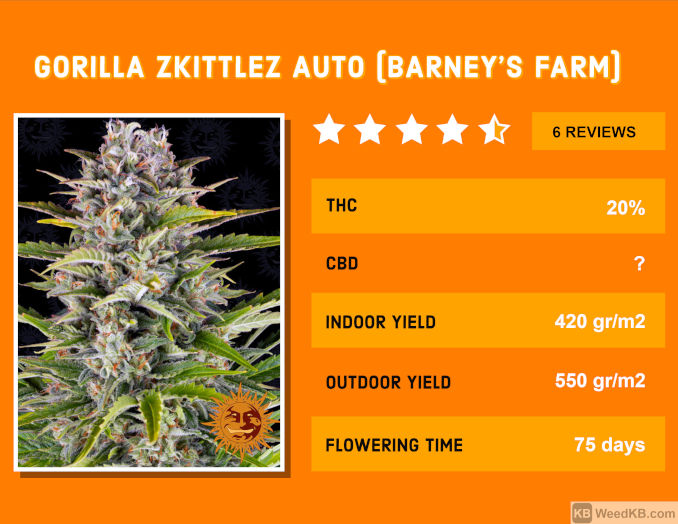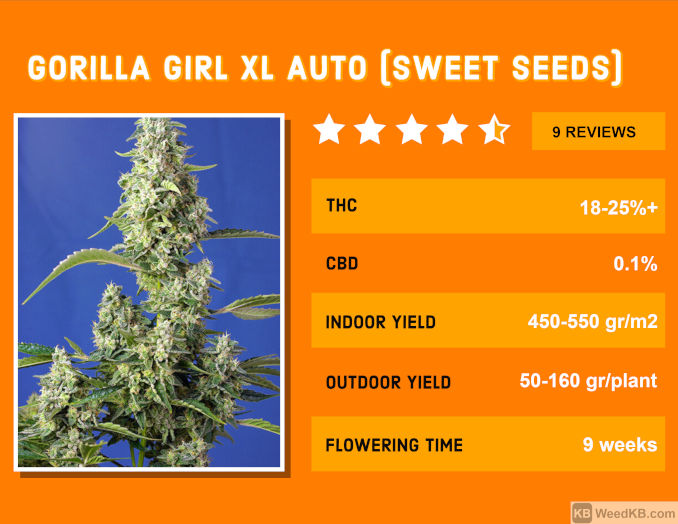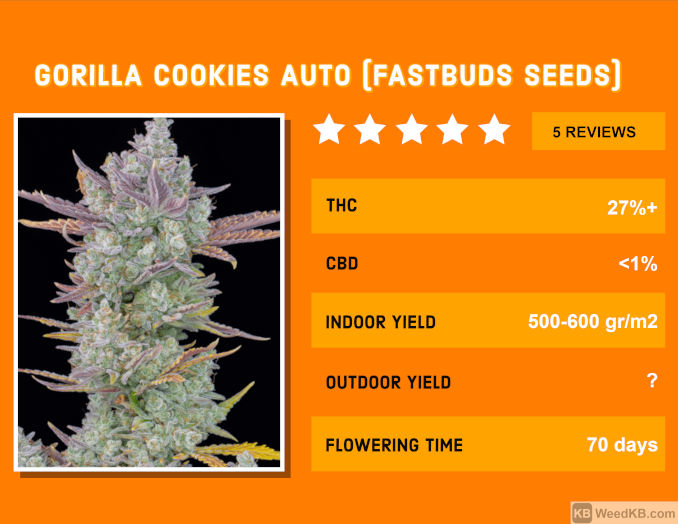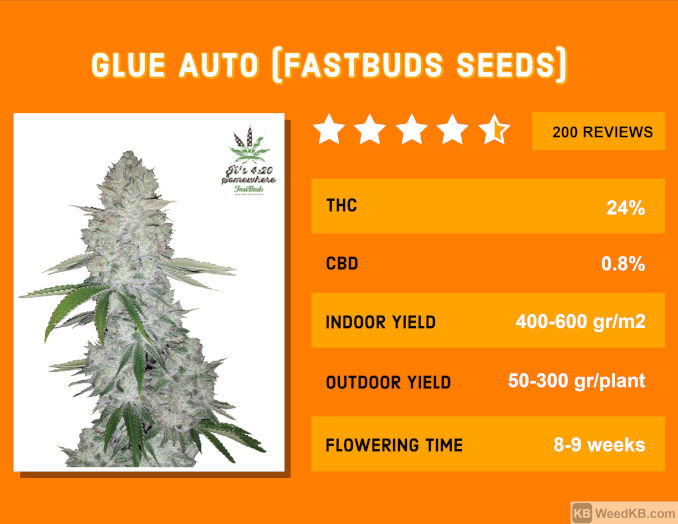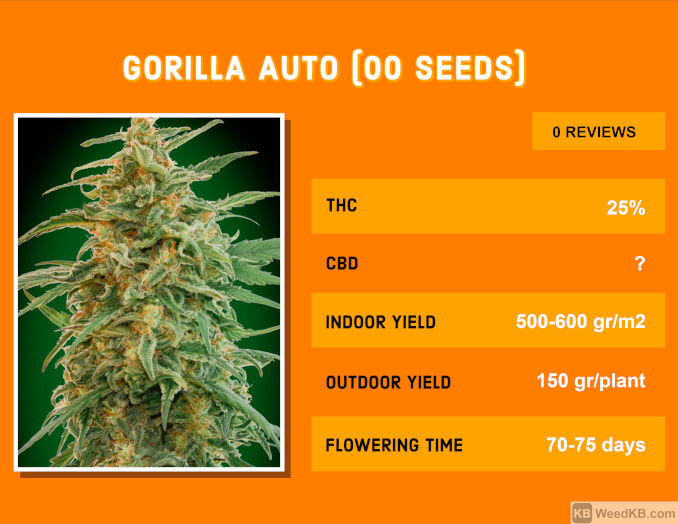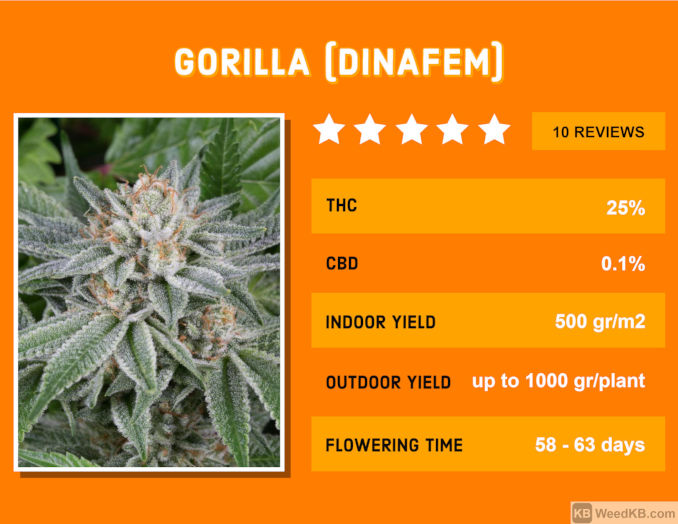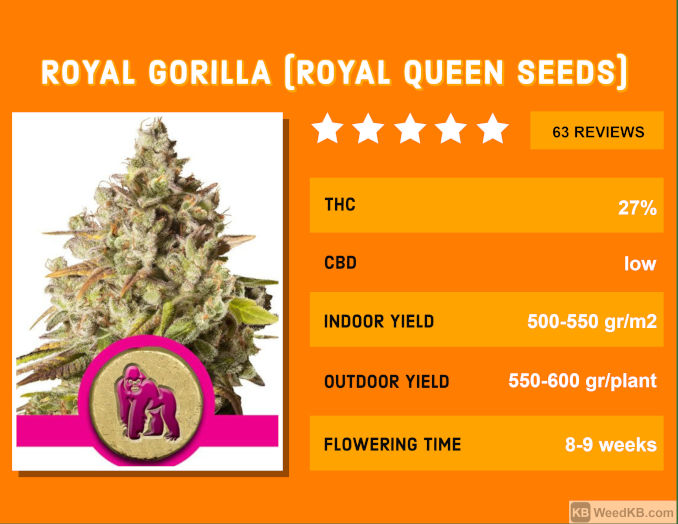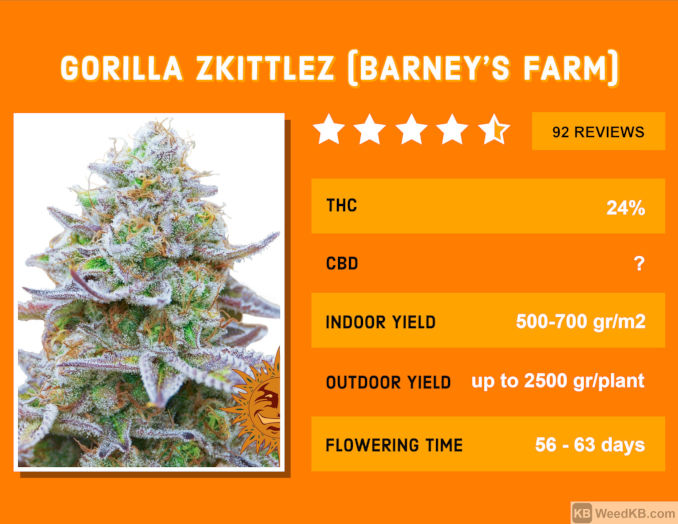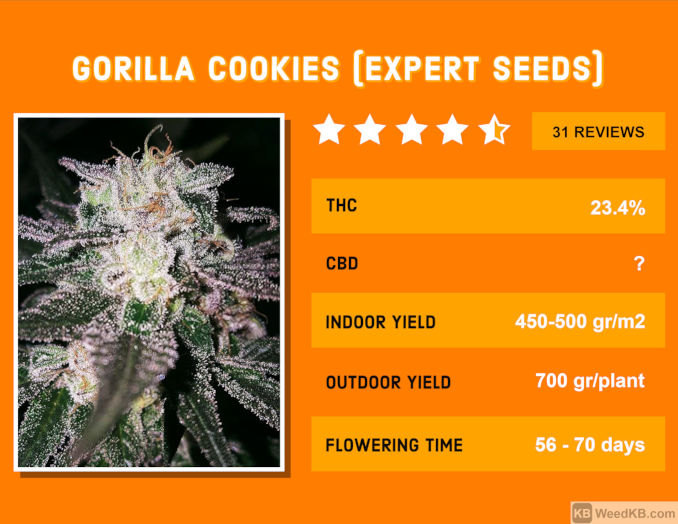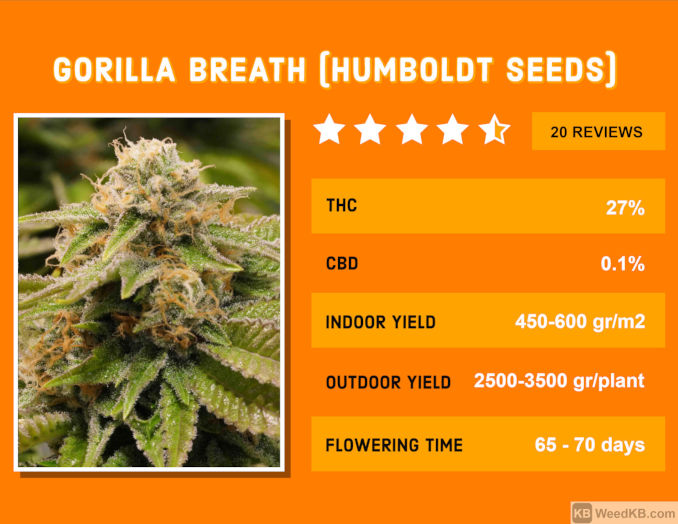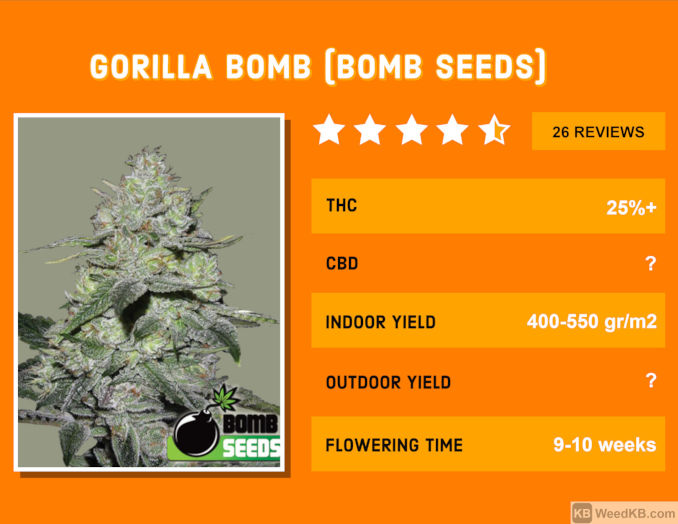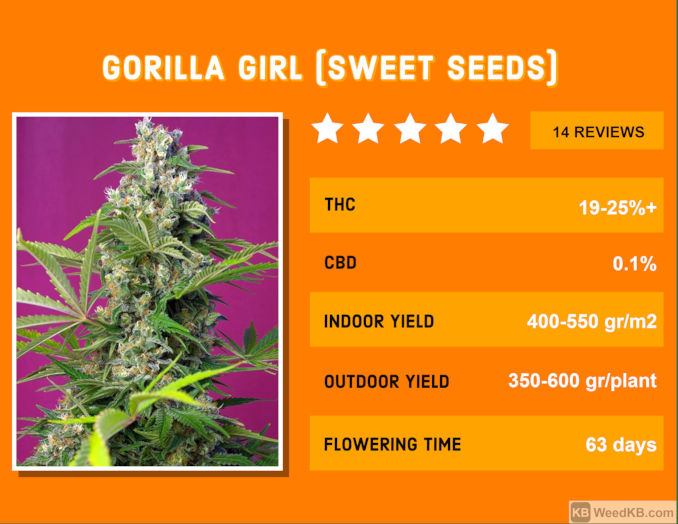Novice growers keep asking questions about bag seeds all the time. A girl I know has recently fired at me a series of questions that she thought no one would ever answer. I’m sure at least some of you have been as puzzled by these questions as her. Here it goes:
I’ve been asking everyone about these bag weed seeds, and no one can explain this to me. Because I swear to God I can’t understand it myself. If the buds haven’t been pollinated, then the seeds should be sterile. But they aren’t! I’ve germinated one such seed myself, and it was growing fine.
If the buds HAVE been pollinated, then why the f… they are making me high?!
And if it was a feminized plant, is it normal for feminized plants to produce seeds?
Questions like these made me realize that people don’t grasp the concept of bag seeds. Moreover, there is a fundamental lack of understanding of how and why cannabis plants produce seeds. Can all of them be grown? Are all of them worth growing? How different types of seeds (feminized, autoflowering, regular, hermies, etc.) fit into the picture? In this post, I’ll try to bring clarity to these issues.
Bag Seeds Meaning
Suppose you buy some buds in a ‘bag’ (a zip lock). You expect the buds to be high quality which means—among other things—that they’ll be without seeds. The buds really do look, smell and taste great, and make you high, too. However, when grinding them, you find a seed or two. And this is what we call ‘bag seeds’.
Will Bag Seeds Grow?
Most seeds you find in a zip lock will definitely grow. For plants, seeds are a means of reproduction. They aren’t just for show. Of course, there are sterile or infertile seeds in other crops that have been artificially modified, but not in cannabis. So these seeds grow like any other: they germinate, they sprout, they get bigger, and then you see your bag seeds flowering as any other type of marijuana would.
This is because the presence of seeds always means that there has been some natural pollination. Either there was some undetected male somewhere near the grow, or there were some stray male pollen sacks in female buds. The latter occurs much more often because female plants often grow a few male flowers due to stress (so called hermies, or hermaphrodites). But, no matter where the pollen has come from, the pollination leads to the production of seeds, and these seeds are fertile.
So, if you ask yourself: “Can I grow bag seeds?”, the answer is always ‘yes’. Can bag seeds grow good weed? Well, it’s another question. Read on.
Are Bag Seeds Worth Growing?
Growing unknown bag seeds is always a toss of a coin. Even if you like the buds in which you have found these seeds, it doesn’t mean you’ll get the same quality. Let’s put it this way: you’ve now met the mother (the buds you’ve just smoked), but you don’t know anything about the father (the source of pollen). It may have been outstanding, it may have been mediocre, or it may have been the most worthless ditch weed that grows in your area.
And don’t forget that the father could also have been another mother (a hermaphrodite plant). So do bag seeds work? Yes, they do. Are bag seeds any good? Well, this depends on the quality of both parents, and you simply don’t have enough information.
Having said that, a bag seed can be a real gem. You probably have heard stories of first rate strains that have been bred from seeds found in a bag of buds. One example is the famous Cinderella. It would be an irreparable loss for the marijuana growing community if the breeders of this masterpiece simply sneered at those seeds and threw them away.
Bag Seeds vs Seeds Bought in a Seed Shop
If you simply want to grow yourself some good bud and expect reliable results, by all means buy your beans online from a reputable seed shop.
The reasons to grow weed from bag seeds are very few:
- if you suspect that your bag seeds could be amazing and feel lucky (because you’ll need PLENTY of luck),
- when your budget is strained to spend any money on seeds,
- if you want to grow a lot plants outdoors in the cheapest way possible.
What we don’t recommend is growing bag seeds indoors. With the cost of the setup and electricity bills and what not, the money you spend on seeds is arguably the least significant expense item.
Some Questions about the Genetics
If you have read carefully what we have said above, you’ve already guessed that bag seeds, like any other type of weed seeds, can be really anything (in terms of their genetics). But, for clarity’s sake, let’s answer any specific questions that you might have.
Are Bag Seeds Feminized?
Whether the seeds found in buds are feminized or not depends on the source of the pollination. If the pollen was from a male plant, the seeds will be regular, meaning that the ratio of male to female plants will be around 50/50. But if the source of the pollen were male flowers (hermies) from the same plant or another female/hermie plant in the garden, the resulting bag seeds are feminized. Please note that such seeds are also very prone to become hermies if you subject them to stress.
Obviously, the only way to tell if your bags seeds are feminized or regular is to grow and flower them.
Are All Bag Seeds Hermies?
Most female plants can become hermies if you subject them to stress. It all depends on the amount of stress needed before you see male flowers in your female buds. If the buds have been pollinated by a male (see above), they will show more stability. If they have been pollinated by a hermie, watch out because even the least amount of stress can make such plants ‘turn to the dark side’.
On average, bag seeds are way less stable than store-bought seeds.
Can Bag Seeds be Autoflower?
If both parents were autos, the seeds are 100% autoflowering, too. The same if an autoflower self-pollinated itself (see our experiment where we produced our own feminized seeds by self-pollination using colloidal silver).
Is it Normal for Fem Plants to Produce Seeds?
Fem plants produce seeds just like any other type of plant (if you pollinate them). It doesn’t matter whether you have grown a plant from fem seeds or regular. Neither type is infertile. Of course, bud growers do everything they can to produce buds without seeds, but shit happens, doesn’t it?
Can Buds With Seeds Make You High?
The potency of buds is a matter of genetics, and not of whether the buds have been pollinated or not. Of course, buds with seeds have inferior quality because a pollinated plant directs all its energy to seed production and not resin production. Seeded buds are smaller, have less resin glands and lower levels of THC, but they DO make you high nevertheless. With many seeds, the quality is significantly worse. With a few, you’ll probably see no difference.
This is it. We hope we have answered all your questions. If not, don’t be shy to ask in comments.
External Links:
Marijuana Botany An Advanced Study: The Propagation and Breeding of Distinctive Cannabis, R.C. Clarke
